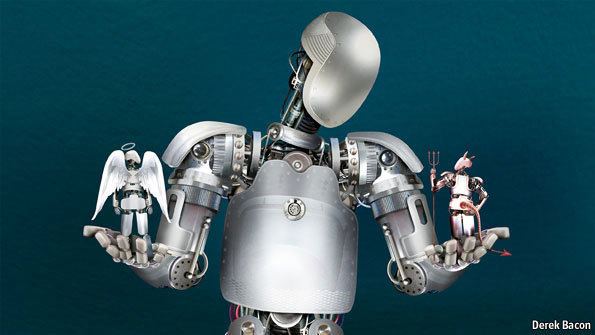 | ||
Re publica 2013 kate darling robot ethics
Robot ethics, sometimes known by the short expression "roboethics", concerns ethical problems that occur with robots, such as whether robots pose a threat to humans in the long or short run, whether some uses of robots are problematic (such as in healthcare or as 'killer robots' in war), and how robots should be designed such as they act 'ethically' (this last concern is also called machine ethics). Robot ethics is a sub-field of ethics of technology, specifically information technology, and it has close links to legal as well as socio-economic concerns. Researchers from diverse areas are beginning to tackle ethical questions about creating robotic technology and implementing it in societies, in a way that will still ensure the safety of the human race.
Contents
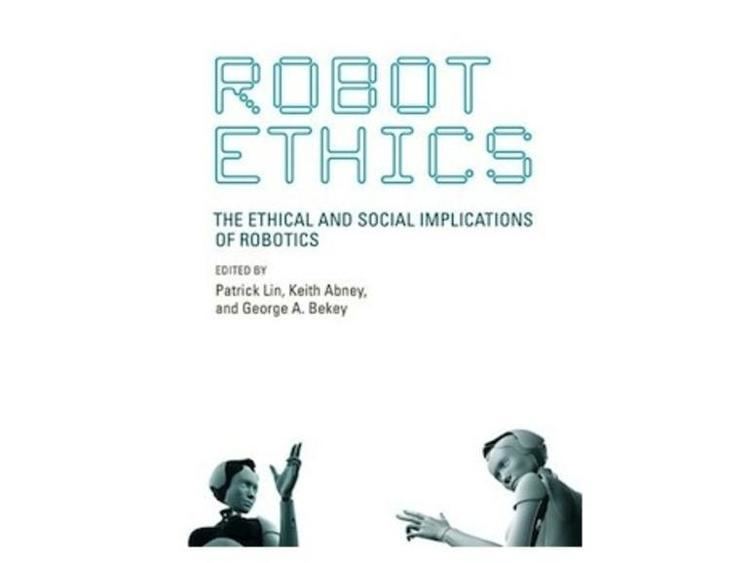
While the issues are as old as the word robot, serious academic discussions started around the year 2000. Robot ethics requires the combined commitment of experts of several disciplines, who have to adjust laws and regulations to the problems resulting from the scientific and technological achievements in Robotics and AI. The main fields involved in robot ethics are: robotics, computer science, artificial intelligence, philosophy, ethics, theology, biology, physiology, cognitive science, neurosciences, law, sociology, psychology, and industrial design.
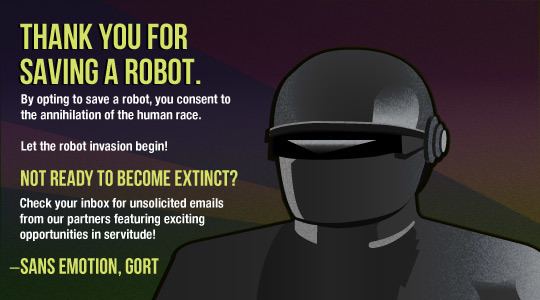
History and events

Since antiquity, the discussion of ethics in relation to the treatment of non-human and even non-living things and their potential "spirituality" have been discussed. With the development of machinery and eventually robots, this philosophy was also applied to robotics. The first publication directly addressing and setting the foundation for robot ethics was Runaround (story), a science fiction short story written by Isaac Asimov in 1942 which featured his well known Three Laws of Robotics. These three laws were continuously altered by Asimov, and a fourth, or zeroth law, was eventually added to precede the first three. in the context of his science fiction works. The short term "roboethics" was probably coined by Gianmarco Veruggio.

An important event that propelled the concern of roboethics was the First International Symposium on Roboethics in 2004 by the collaborative effort of Scuola di Robotica, the Arts Lab of Scuola Superiore Sant'Anna, Pisa, and the Theological Institute of Pontificia Accademia della Santa Croce, Rome. "After two days of intense debating, anthropologist Daniela Cerqui identified three main ethical positions emerging from two days of intense debate:

- Those who are not interested in ethics. They consider that their actions are strictly technical, and do not think they have a social or a moral responsibility in their work.
- Those who are interested in short-term ethical questions. According to this profile, questions are expressed in terms of “good” or “bad,” and refer to some cultural values. For instance, they feel that robots have to adhere to social conventions. This will include “respecting” and helping humans in diverse areas such as implementing laws or in helping elderly people. (Such considerations are important, but we have to remember that the values used to define the “bad” and the “good” are relative. They are the contemporary values of the industrialized countries).
- Those who think in terms of long-term ethical questions, about, for example, the “Digital divide” between South and North, or young and elderly. They are aware of the gap between industrialized and poor countries, and wonder whether the former should not change their way of developing robotics in order to be more useful to the South. They do not formulate explicitly the question what for, but we can consider that it is implicit".
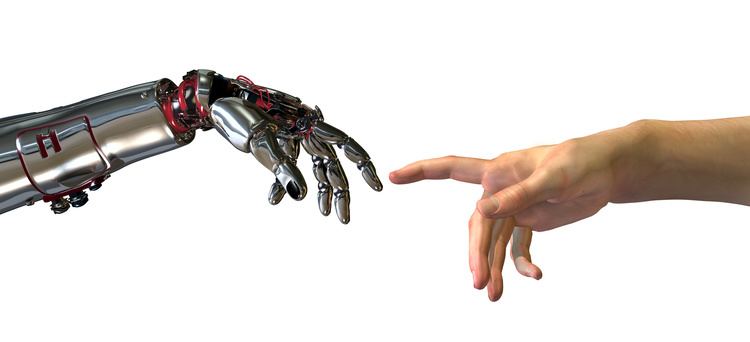
These are some important events and projects in robot ethics. Further events in the field are announced by the euRobotics ELS topics group, and by RoboHub:
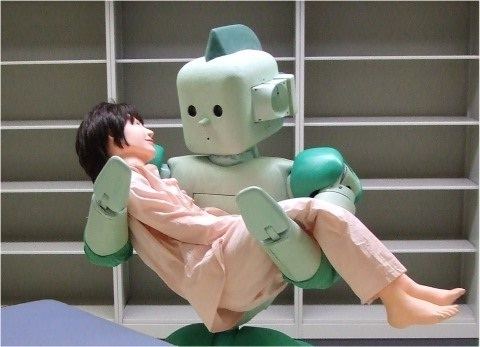
In popular culture
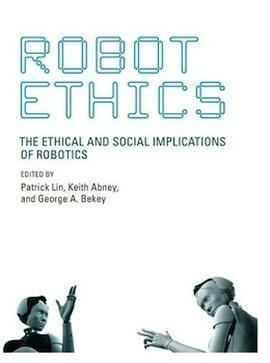
Roboethics as a science or philosophical topic has not made any strong cultural impact, but is a common theme in science fiction literature and films. One of the most popular films depicting the potential misuse of robotic and AI technology is The Matrix, depicting a future where the lack of roboethics brought about the destruction of the human race. An animated film based on The Matrix, the Animatrix, focused heavily on the potential ethical issues between humans and robots. Many of the Animatrix's animated shorts are also named after Isaac Asimov's fictional stories.
Although not a part of roboethics per se, the ethical behavior of robots themselves has also been a joining issue in roboethics in popular culture. The Terminator series focuses on robots run by an uncontrolled AI program with no restraint on the termination of its enemies. This series too has the same futuristic plot as The Matrix series, where robots have taken control. The most famous case of robots or computers without programmed ethics is HAL 9000 in the Space Odyssey series, where HAL (a computer with advance AI capabilities who monitors and assists humans on a space station) kills all the humans on board to ensure the success of the assigned mission after his own life is threatened.
